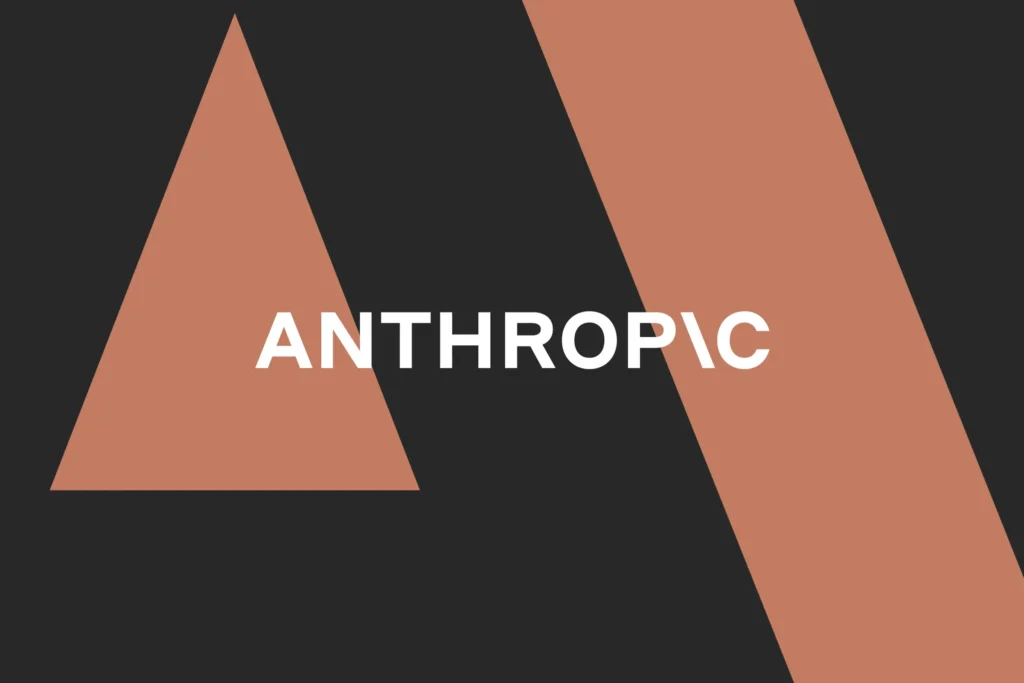As artificial intelligence continues to guide hiring, lending, healthcare, and more, the stakes have never been higher. These automated systems can improve efficiency—but without clear ethical guardrails, they risk amplifying discrimination and undermining public trust. When an AI system makes a harmful or biased decision, it’s often difficult to understand why, and nearly impossible to appeal.
Unpacking Bias in AI Systems
Bias usually starts with data. If historical data reflects discrimination, AI can inherit those patterns. But bias also creeps in through design decisions, such as what gets measured, how labels are applied, and which outcomes are prioritized. Even neutral-seeming inputs like zip codes can serve as proxies for race or income, leading to discriminatory results.
Some well-known failures—like Amazon’s scrapped recruiting tool that favored male applicants, or facial recognition systems that misidentify people of color—highlight how real and damaging algorithmic bias can be.
How Laws Are Catching Up
Regulators are responding. The EU’s AI Act imposes strict rules on high-risk systems, requiring transparency, audits, and human oversight. In the U.S., while no federal AI law exists, agencies like the EEOC and FTC are warning companies about discrimination risks in automated decision-making. States and cities are taking action too—New York City now mandates fairness audits for hiring tools powered by AI.
The White House has also released a non-binding “AI Bill of Rights,” outlining protections around algorithmic bias, transparency, and human alternatives.
Steps to Reduce AI Bias
Fixing bias isn’t a one-time patch—it’s a design philosophy. Here’s how forward-looking organizations are building fairer systems:
- Bias assessments
Regular testing throughout development and deployment helps uncover unequal outcomes before they scale. Third-party audits boost credibility and transparency. - Diverse data
Training data should represent all users. That means including voices from different genders, races, income levels, and geographic regions. Diverse data helps models make better predictions—and avoid excluding entire populations. - Inclusive design
Building with ethics in mind means involving a wide range of stakeholders early on. Engaging advocacy groups, civil rights experts, and multidisciplinary teams leads to better insights—and fewer blind spots.
What Progress Looks Like
Some companies are making strides. LinkedIn adjusted its job-matching algorithm after studies showed men were more likely to be shown high-paying roles. Aetna revamped how it handled insurance claims after discovering income-based delays. In the Netherlands, an algorithmic scandal involving wrongful fraud accusations forced a government reckoning—and reforms.
Laws like New York’s AEDT rule, which requires fairness audits and transparency in hiring tools, are slowly becoming the standard.
The Road Ahead
Bias isn’t a bug—it’s a risk that needs managing. With stronger regulation, better data practices, and inclusive design, AI systems can become more trustworthy. Ethics in automation must be built in from day one, not patched in later.
Ultimately, ethical automation isn’t just good policy—it’s good business. The future of AI hinges on public confidence, and that starts with fairness, accountability, and a commitment to getting it right.









